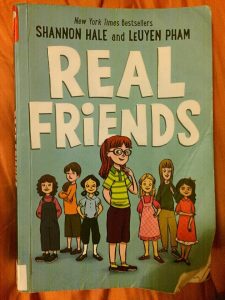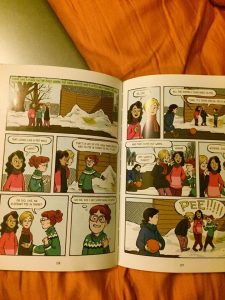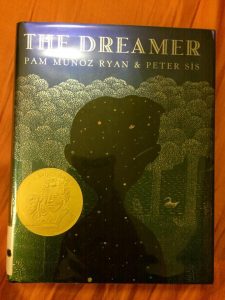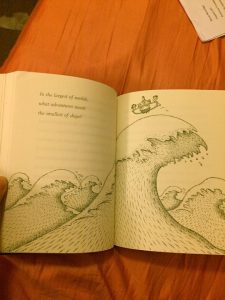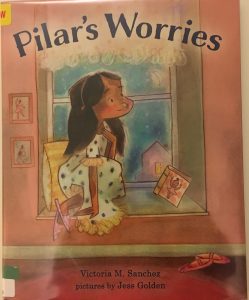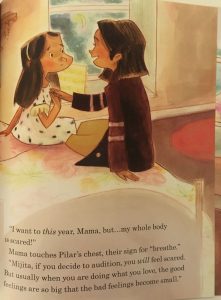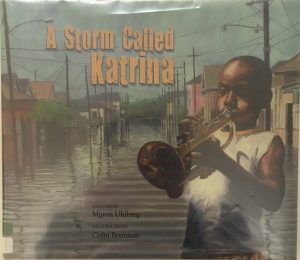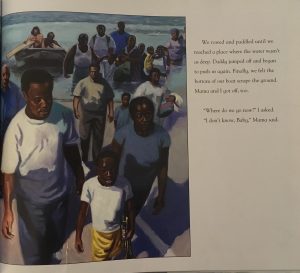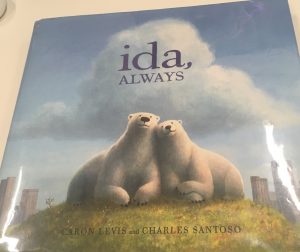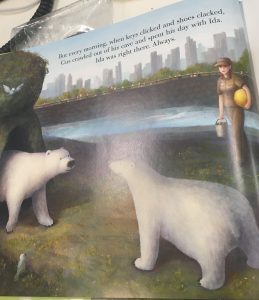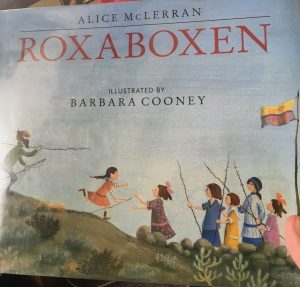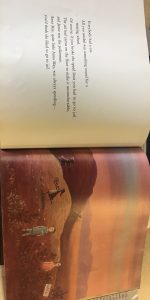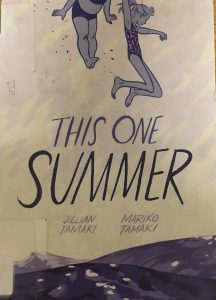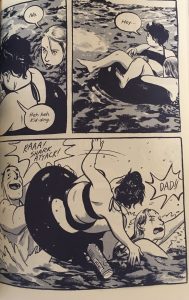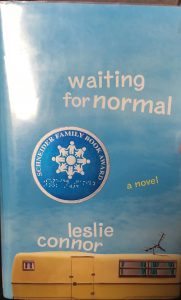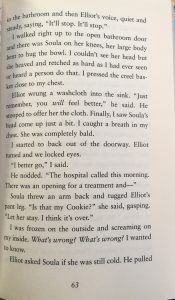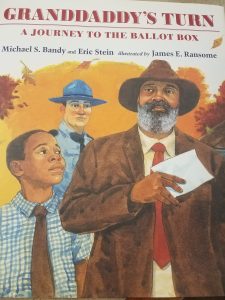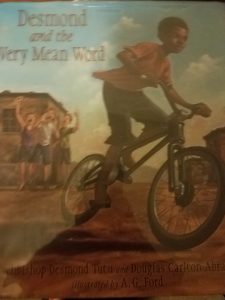Title: Real Friends
Author: Shannon Hale
Illustrator: LeUyen Pham artwork by Jane Poole
Publisher and Year: First Second 2017
Number of Pages: 213
Tags/Themes: Chapter book, family, emotion, historical fiction, friendship, graphic novel, 4-5, 6-8, Rebecca Cauthorn
Genre: historical fiction
Descriptive Annotation: This graphic novel tells the very relatable and common story of a girl trying to fit in to a group of friends. She gets bullied at school, and at home by her older sister, who (as it turns out), has had her own trouble finding friends her whole life, too. At the end of this novel is an author’s note which helps to understand the message she is trying to send as well as revealing that the girl the book is about, Shannon, is none other than the author herself. While there are pictures on every page, students need to have a strong vocabulary knowledge and this book would not be appropriate until around the fourth grade.
Classroom Application: This book would be brilliant to share with the class if there was any bullying going on. Even if there was no obvious bullying, it would be good to share if you could clearly see different groups within the classroom. This book helps teach a valuable lesson of kindness and being accepting to everyone. This book would fit in less with the actual curriculum of the class and more into Social and Emotional Learning Standards for the students.
Linguistic and Cultural Diversity Analysis: The girl in this book, Shannon, struggles with anxiety and perhaps depression, and talks about wanting to just disappear. This is a feeling that students may be having in the class and so it would be good to show this book to demonstrate that they are not alone. It also could open the eyes to some students who perhaps didn’t realize they were bullying another student or being mean, but this could shed light on it. This book is also good for students who are struggling with issues with their siblings, because it shows that family tension during these ripe years are normal.
Illustration:
